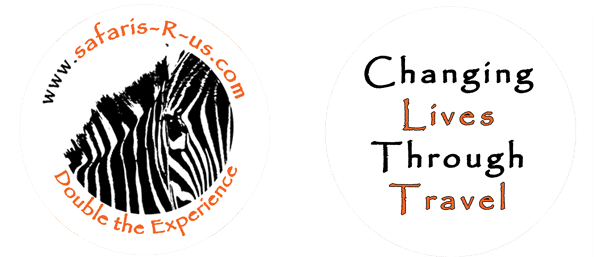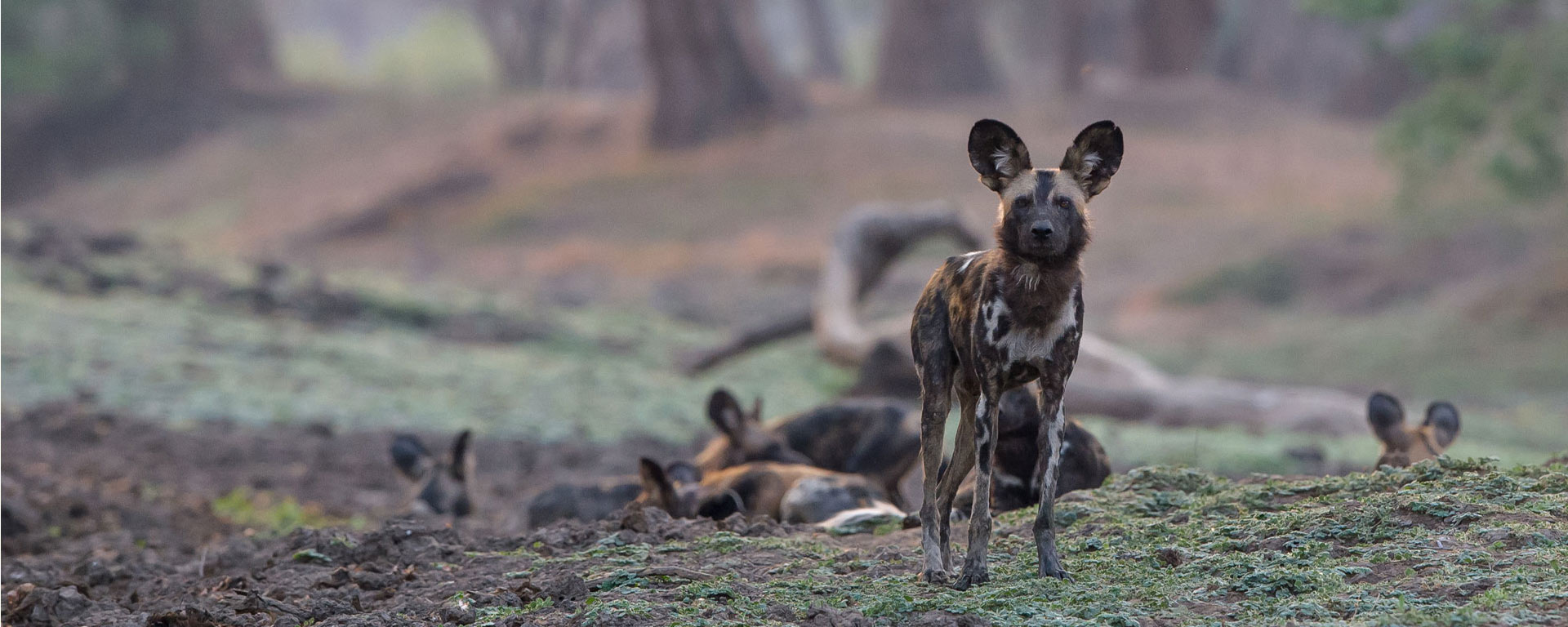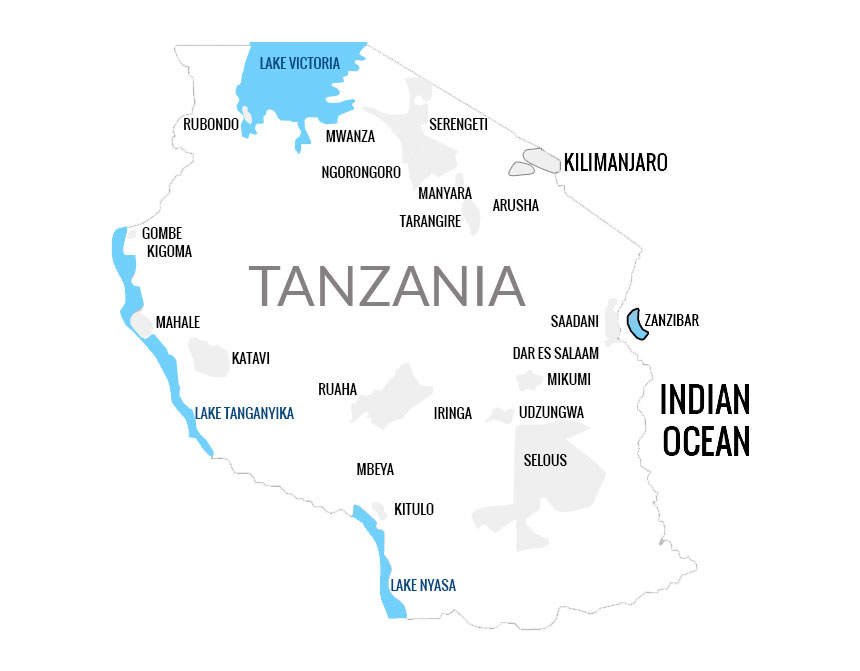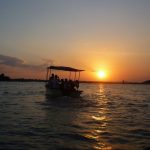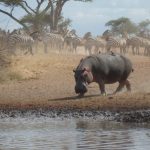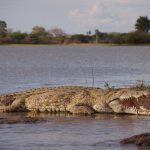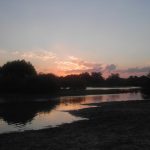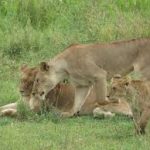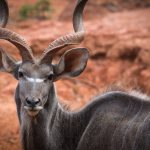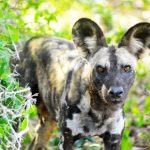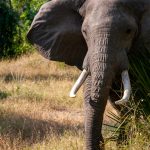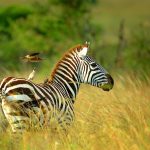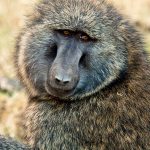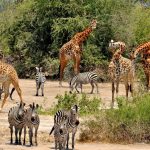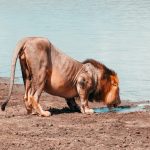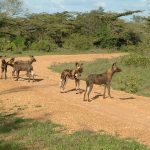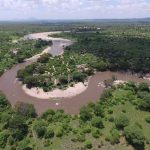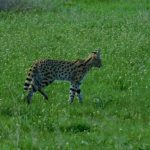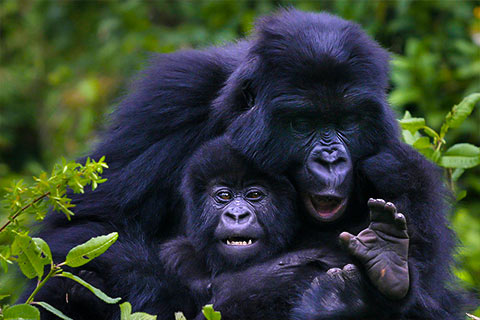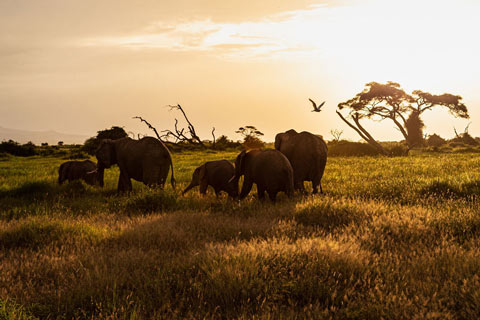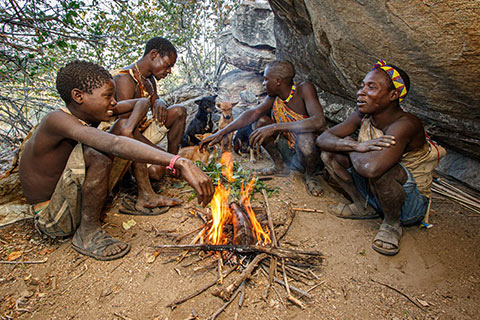Ruaha National Park is the largest national park in Tanzania. The addition of the Usangu Game Reserve and other important wetlands to the park in 2008 increased its size to about 20,226 square kilometres (7,809 sq mi), making it the largest park in Tanzania and East Africa.
The park is about 130 kilometres (81 mi) west of Iringa. The park is a part of the 45,000 square kilometres (17,000 sq mi) Rungwa-Kizigo-Muhesi ecosystem, which includes the Rungwa Game Reserve, the Kizigo and Muhesi Game Reserves, and the Mbomipa Wildlife Management Area.
The name of the park is derived from the Great Ruaha River, which flows along its southeastern margin and is the focus for game-viewing. The park can be reached by car on a dirt road from Iringa and there are two airstrips – Msembe airstrip at Msembe (park headquarters), and Jongomeru Airstrip, near the Jongomeru Ranger Post.
Germany gazetted the Saba Game Reserve in 1910. British colonial authorities changed the name to the Rungwa Game Reserve in 1946. In 1964, the southern portion of the reserve was excised and elevated to full park status.
More than 571 species of birds have been identified in the park. Among the resident species are hornbills while many migratory birds visit the park.
Other notable animals found in this park are East African cheetah and lion, African leopard and wild dog, spotted hyena, giraffe, hippopotamus, African buffalo, and sable antelope.
Best known for
-
Africa’s largest and oldest game reserve
-
The Rufiji River, which flows into the Indian Ocean opposite Mafia Island
-
The Stiegler Gorge, a canyon of 100 metres depth and 100 metres width
-
Highest population of elephants in Africa
-
Wild dogs
-
Boating safaris
Topography
-
Habitats include grassland
-
Typical Acacia savanna
-
Wetlands
-
Hot springs
-
Lakes
-
Extensive Miombo woodlands
Main Species
-
Elephant
-
Lion
-
Wild dogs, leopard
-
Hippo, Crocodile
-
Giraffe, Antelope
-
Zebra, and lots of birdlife
